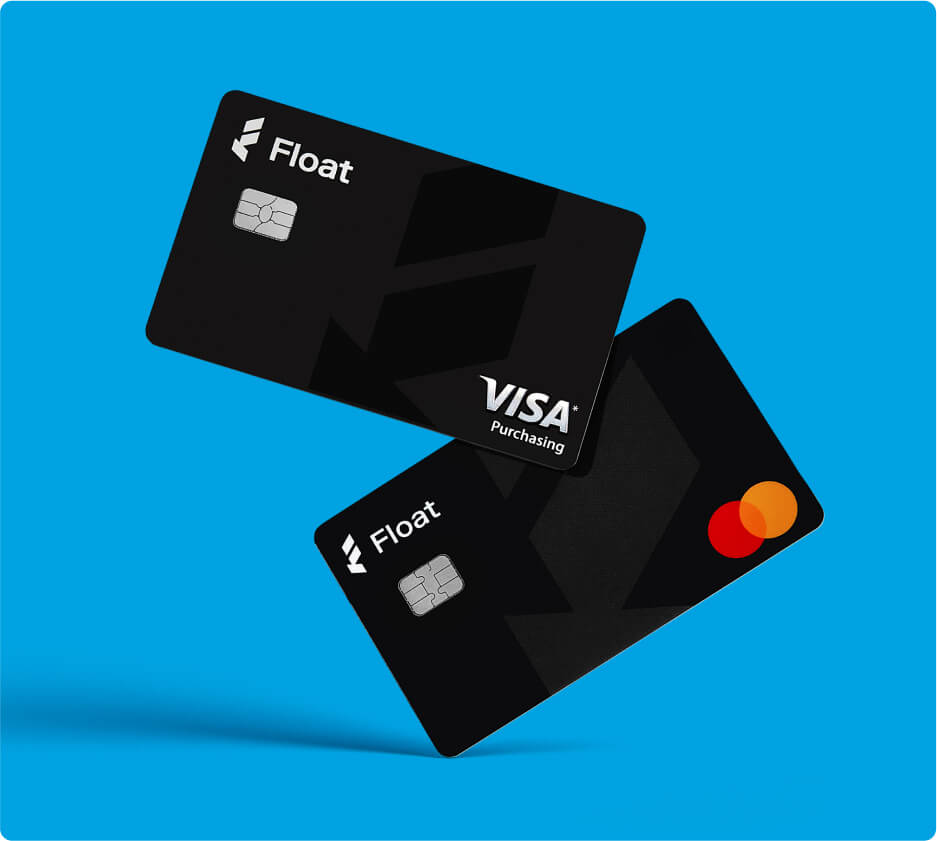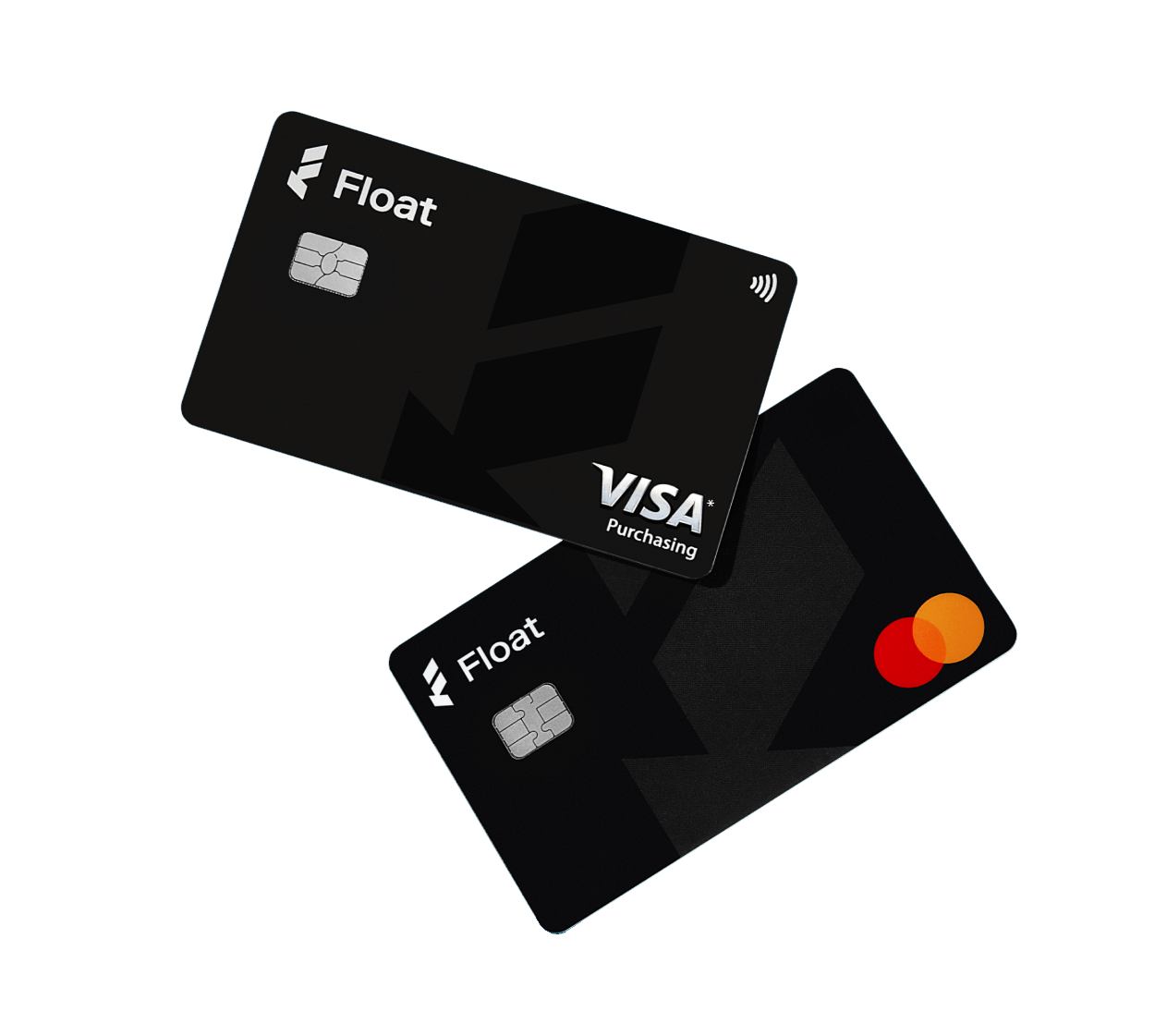Corporate Cards
Best Practices for Preventing Employee Misuse of Company Credit Cards
Corporate cards can be a powerful tool—if you set the right guardrails from the start. Here’s what you need to know.
April 30, 2025

Corporate cards can be a powerful tool—if you set the right guardrails from the start. Ideally, they empower your team, protect your bottom line and help you avoid headaches from corporate card misuse and month-end mystery charges.
Brian Didsbury, CPA and Senior Manager/Controller at LiveCA, knows the reality behind small business owners’ common concerns around corporate card use. In his experience with the Canadian online accounting firm, Brian has seen both sides: advising clients and managing his own team’s finance operations.
“We rarely see employees misusing cards egregiously,” says Brian. “It’s more about small slip-ups or processes that need tightening.”
But with the right tips, you can feel confident issuing company credit cards and minimize the risks that come with it. In this guide, Brian shares practical strategies to help small and medium-sized businesses confidently issue corporate cards, whether you’re issuing your first card or tightening up an existing program.
The importance of safeguarding company resources
The financial risks tied to corporate card misuse can be real, but they’re often preventable. Even honest mistakes can rack up a hefty tab. Left unchecked, unclear spending practices, forgotten software subscriptions and small recurring charges can quietly eat into your profits.
And this proves true throughout Brian’s experience. Brian notes that most issues aren’t deliberate fraud, but are often errors like forgetting to cancel a subscription after a free trial, which can add up fast. Proactive policies and smart tech controls can save businesses from these silent drains.
However, outright corporate card misuse does happen, and it’s wise to incorporate employee credit card fraud prevention strategies into your planning. The Association of Certified Fraud Examiners (ACFE) attributes 32% to a lack of internal controls, while 19% results from overriding existing controls.
6 steps to sidestep corporate card misuse
Handing out company cards shouldn’t feel like tossing cash into the wind. You can hand over spending power with just a few smart moves without losing control.
Here are six best practices that will help you prevent employee misuse, tighten your processes and keep your finances running like a well-oiled machine. (Bonus: You and your finance team will sleep better at night, too.)
Step 1: Develop a comprehensive corporate card policy
Good intentions aren’t enough. A strong and well-documented expense policy is critical. Brian recommends that the policy clearly state who is eligible for a corporate card, its acceptable uses, and the expected handling of card transactions.
“At LiveCA, the employee handbook provides clear documentation outlining when you can request a card, what you can spend it on and what happens if you don’t meet expectations,” says Brian.
Defining acceptable and prohibited expenses upfront leaves little room for creative interpretations later, like deciding that sushi lunches are a necessary operational cost.
Step 2: Implement spending limits and controls
The smart playbook for corporate card management involves clearly communicated expectations in advance. For example, no one needs a $700 emergency desk chair ordered at midnight, but we bet it’s happened.
LiveCA uses Float to create spending limits for each situation: loading specific amounts, restricting spending categories (like only allowing hotel and meals during travel) and setting expiry dates so cards automatically reset to zero after an event.
“You can’t just hand someone a card with a $5,000 limit and hope for the best,” he says. “We preload it, limit the categories, and limit the time. It gives autonomy without giving a blank cheque.”
Automation also plays a key role in corporate card misuse prevention, helping flag risky transactions and prevent runaway charges before they snowball.
Best business credit cards
Compare top options, fees and benefits for
Canadian companies.
Step 3: Enforce an expense approval workflow
Approval processes can feel like red tape if they’re overbuilt. Brian recommends keeping corporate card management practical.
“Set a dollar threshold where a second approver steps in, but keep it simple,” he says.
At LiveCA, expenses under $10,000 need just one approver; anything above that triggers a second level of review. This smart approach balances control with efficiency, so employees don’t wait weeks for basic approvals or grow old trying to expense a single conference ticket.
Step 4: Monitor transactions and conduct regular audits
You can’t fix what you don’t see. Brian’s team conducts monthly variance analyses, reviewing all software and discretionary spending line by line.
“It gives us a clear audit trail. If you gave someone $100 to trial software but they spent it on something else, we can spot it,” he says.
Regular transaction monitoring and smart tools that surface anomalies help businesses catch problems early, before they become costly habits.
Step 5: Educate employees on policy and procedures
Skipping training is an expensive gamble. Brian points out that even the best policy is useless if employees don’t know how to follow it. Luckily, Float makes onboarding easy. “We relied on Float’s help centre materials. They’ve got great tutorials and templates,” says Brian.
Companies should incorporate card usage policies into employee onboarding, revisit them at key milestones, and encourage a culture of asking questions if employees are unsure.
Step 6: Respond appropriately to unauthorized use
Mistakes happen, and occasionally, so does misuse. Employee credit card fraud prevention is easier when internal controls help you respond promptly. If something looks suspicious, Brian recommends investigating carefully. “First, make sure you’ve got your facts. Look at the transaction, the support documents, the policy,” he says.
If you confirm unauthorized use, the next step is to lean on your documented policies to take action. That could mean revoking card access, restricting future travel privileges or, in more serious cases, formal disciplinary action.
“Having a clear policy allows you to say, ‘Here are the expectations, and here are the consequences.’ It shouldn’t come as a surprise,” Brian says.
Building trust and control with Float
Small businesses can manage corporate card misuse prevention; the potential risks don’t need to be a deal-breaker. With a clear policy, smart spending controls and the right tools, business owners can confidently manage company spending.
Float is a modern expense management software platform built for Canadian businesses. It streamlines finance operations by combining real-time spend tracking, unlimited virtual and physical corporate cards, and seamless accounting integrations.
Platforms like Float help businesses implement these best practices, making it easier to empower teams without opening the door to risk. With built-in approval workflows, automated receipt capture and fast reimbursements, Float makes it easy to control company spending.
“Start with trust and build good controls, and you’ll rarely have a problem you can’t handle,” says Brian.
Written by
All the resources

Corporate Cards
Credit Card Fraud Prevention Strategies for Canadian Businesses
Credit card fraud is a risk, but it's even riskier if you aren't prepared. Get tips from CPA and Senior
Read More
Corporate Cards
How to Get a Business Credit Card: A Step-by-Step Guide
Discover how to secure a business credit card with our guide. Boost your financial flexibility and manage expenses effectively with
Read More
Corporate Cards
How to Set Business Card Spending Limits: A Finance Leader’s Guide
Learn how to establish effective spending limits for business credit cards. Gain insights and tools for better financial management.
Read More



